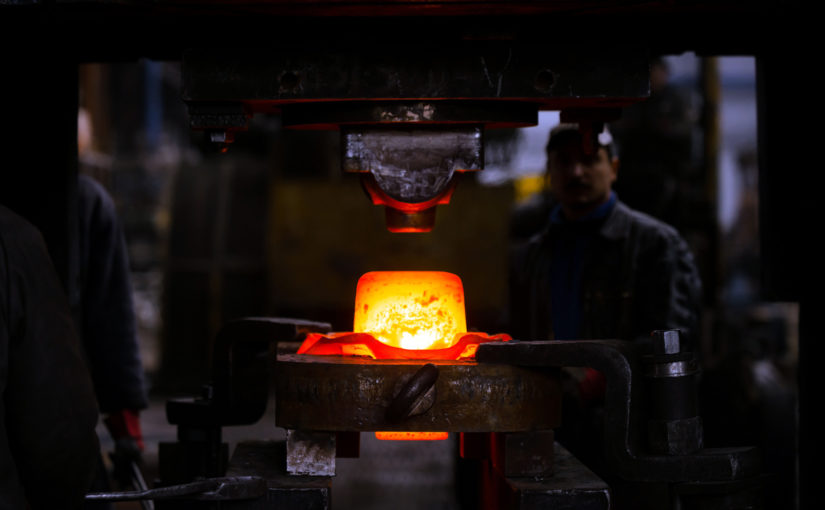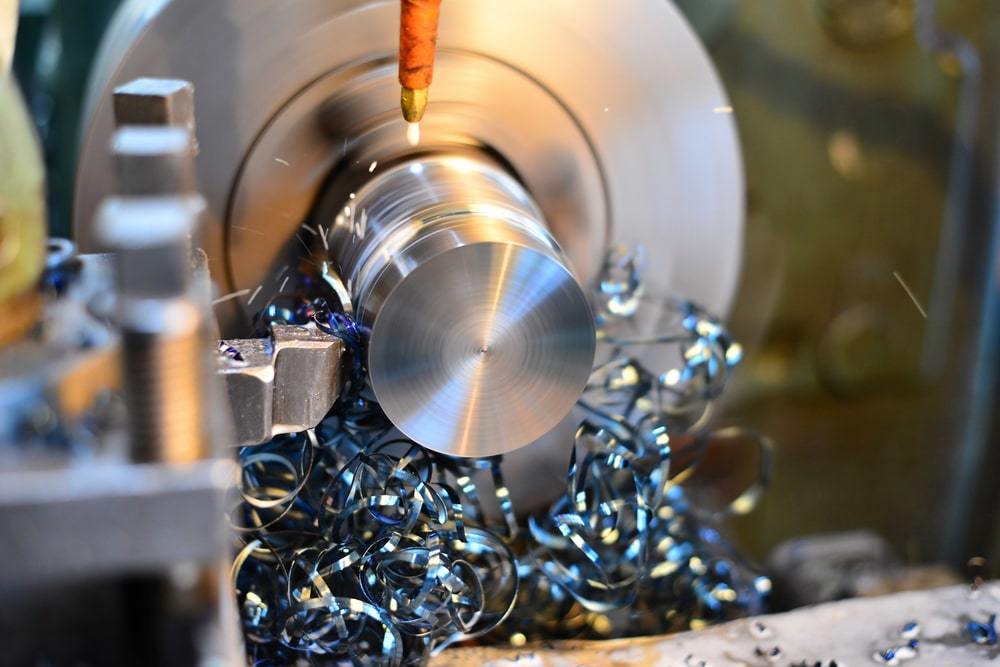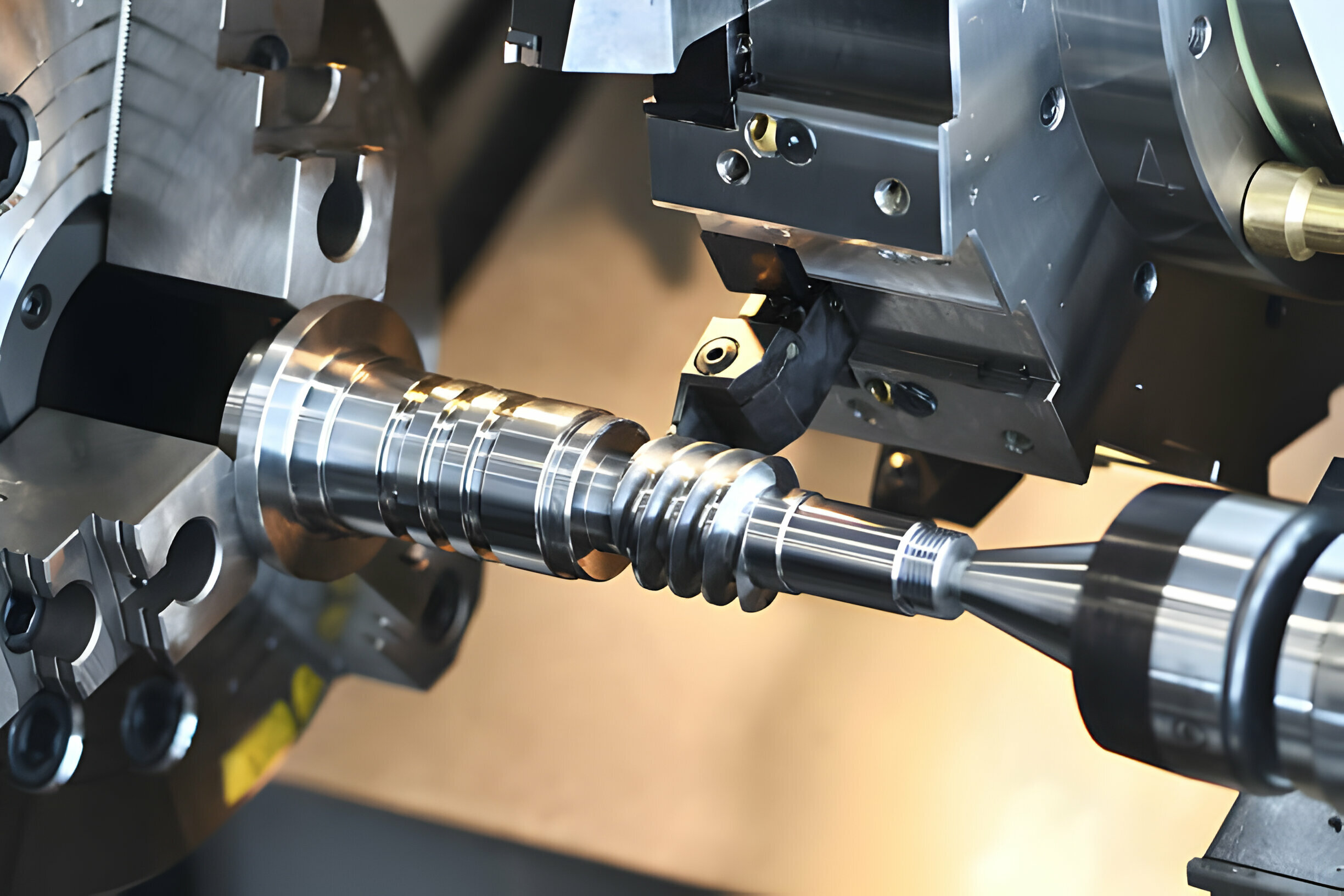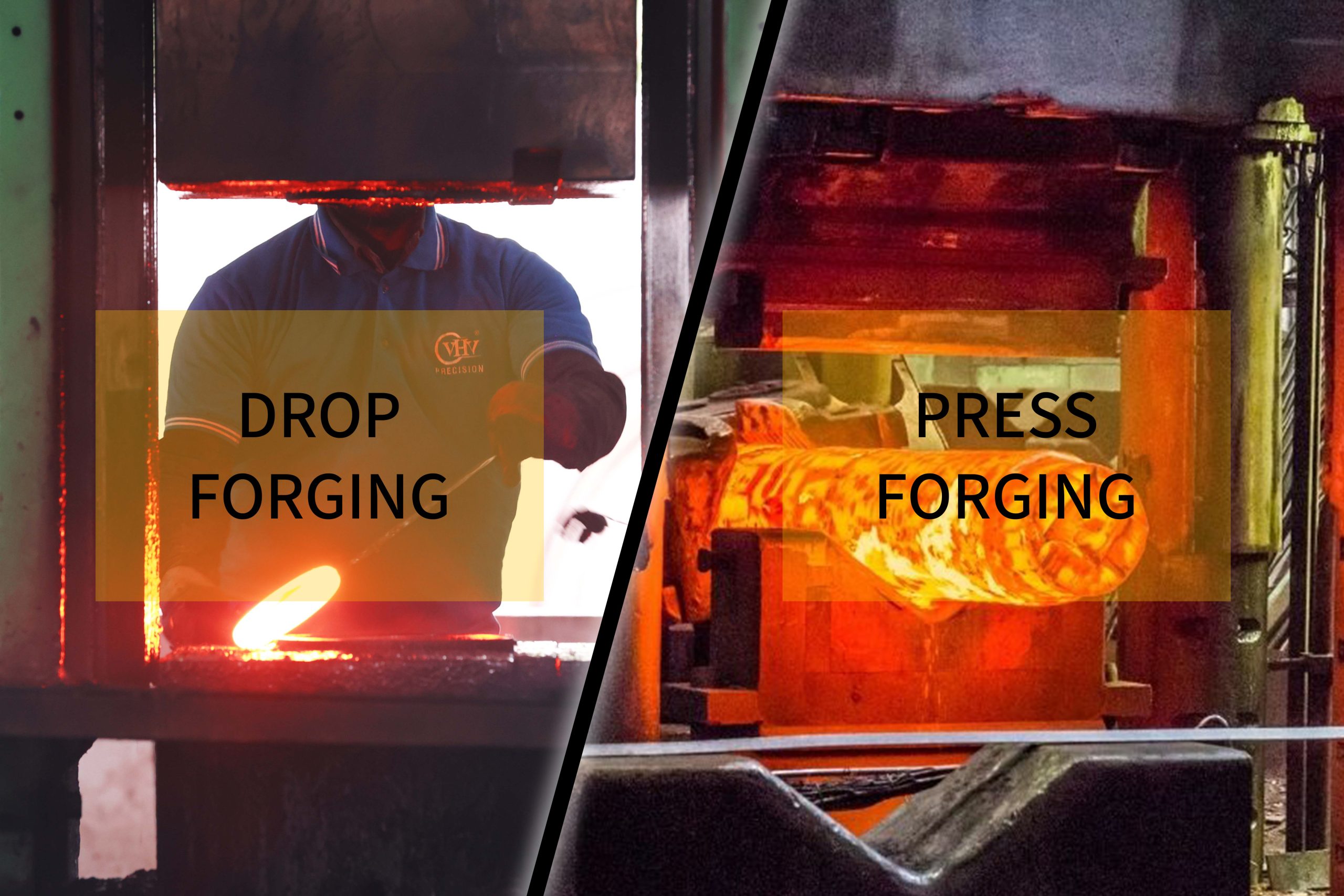What is forging?
Forging is a manufacturing process used to shape metal objects by applying compressive forces. In this process, the metal is typically heated to a high temperature to make it more malleable and then hammered or pressed into the desired shape using various tools and machinery. Forging is one of the oldest metalworking techniques and has been used for centuries to create a wide range of products, from simple hand tools to complex aerospace components.
There are several types of forging processes, including:
Hot Forging: In hot forging, the metal is heated to temperatures above its recrystallization point, making it easier to deform. The heated metal is then shaped using hammers, presses, or dies to achieve the desired form. Hot forging is commonly used for larger components and materials that require high ductility, such as steel, aluminum, and titanium alloys.
Cold Forging: Cold forging, also known as cold forming, is performed at or near room temperature without heating the metal. This process typically involves placing the metal blank into a die and then applying high pressure to shape it into the desired form. Cold forging is often used for smaller, intricate parts and materials with high ductility, such as certain types of steel and aluminum alloys.
Warm Forging: Warm forging is conducted at temperatures between those used in hot and cold forging processes. This technique offers some of the benefits of both hot and cold forging, such as improved material flow and reduced tool wear, making it suitable for certain applications where precise control over material properties is required.
Forging offers several advantages over other manufacturing processes, including:
Improved Mechanical Properties: Forged parts typically exhibit superior mechanical properties, such as higher strength, better fatigue resistance, and improved microstructure compared to parts produced by casting or machining.
Enhanced Material Utilization: The forging process allows for precise shaping of the metal, resulting in minimal material waste and higher material utilization compared to subtractive manufacturing methods like machining.
Greater Design Flexibility: Forging enables the creation of complex shapes and intricate details that may be difficult or impossible to achieve using other manufacturing techniques.
Cost Effectiveness: Despite the initial setup costs associated with forging, the high production rates, material savings, and improved part performance often make it a cost-effective manufacturing solution, especially for high-volume production.
What is Hot Forging?
Hot forging is a metalworking process where metal is shaped into desired forms while it is heated to elevated temperatures. In this process, the metal is heated to a temperature above its recrystallization point, which allows it to become more malleable and easier to deform. Hot forging is typically performed using either a hammer or a press to apply compressive forces to the heated metal, forcing it to take the shape of a die or mold.
Pros:
Material Properties: Hot forging allows for better material ductility and flow, resulting in improved mechanical properties of the final product, including higher strength and better resistance to fatigue.
Complex Shapes: It’s easier to forge complex shapes and intricate details using hot forging because the material is more malleable and easier to manipulate at elevated temperatures.
Less Energy Intensive: Hot forging typically requires less energy compared to cold forging because the material is more pliable and requires less force to shape.
Reduced Wear on Tools: The high temperature of the material during hot forging reduces tool wear and extends the lifespan of forging dies and tools.
Cons:
Heating Costs: Heating the material to high temperatures requires energy, which can add to production costs.
Limited Material Choices: Some materials may not be suitable for hot forging due to their susceptibility to oxidation or other issues at high temperatures.
Dimensional Accuracy: Achieving precise dimensional accuracy can be more challenging in hot forging due to the material’s increased ductility and flow.
What is Cold Forging?
Cold forging, also known as cold forming, is a metalworking process in which metal is shaped into desired forms at or near room temperature, without the need for heating the material to elevated temperatures as in hot forging. In cold forging, the metal remains in its solid state throughout the process, making it a cold-working process.
Pros:
High Precision: Cold forging allows for high precision and tight tolerances, making it suitable for applications where dimensional accuracy is critical.
Improved Surface Finish: Cold forging typically results in better surface finish and finer grain structure compared to hot forging, which may reduce the need for additional finishing processes.
Material Savings: Cold forging often produces less scrap material compared to hot forging, leading to material savings and cost reductions.
No Heating Required: Since cold forging is performed at or near room temperature, there are no heating costs associated with the process.
Cons:
Limited Material Ductility: Cold forging is generally limited to materials with high ductility, such as certain types of steel and aluminum alloys.
Tool Wear: Cold forging can cause more wear on tools and dies compared to hot forging due to the higher forces required to shape the material.
Complex Shapes: It can be more challenging to forge complex shapes using cold forging compared to hot forging due to the material’s reduced ductility at lower temperatures.
Lower Mechanical Properties: The mechanical properties of cold-forged parts may not be as high as those produced by hot forging, particularly in terms of strength and fatigue resistance.
In summary, the choice between hot forging and cold forging depends on various factors such as material properties, desired part characteristics, production volume, and cost considerations. Both methods have their own advantages and limitations, and the selection of the appropriate forging process should be based on the specific requirements of the application.





